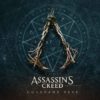There was a moment about ten minutes into the first episode of Netflix’s new Ubisoft-infused animated series Captain Laserhawk: A Blood Dragon Remix that truly, genuinely, gagged me a little.
In it, Cyber-enhanced cool guy Dalph Laserhawk is on the run from an army of dystopian cops with his partner in crime Alex Taylor, the two of them having just pulled off a daring highway heist. As their battered hover car enters an anti-gravity slip lane, the two realise they’re surrounded. “We’re fucked,” Alex says in his gruff, overly-muscled way before Dolph, floating upside down, glides into frame and plants a tender, lengthy kiss on the man. “Wish me luck,” he teases, drifting into the suspended air and kicking off a gorgeously-animated, sick-as-shit action set piece.
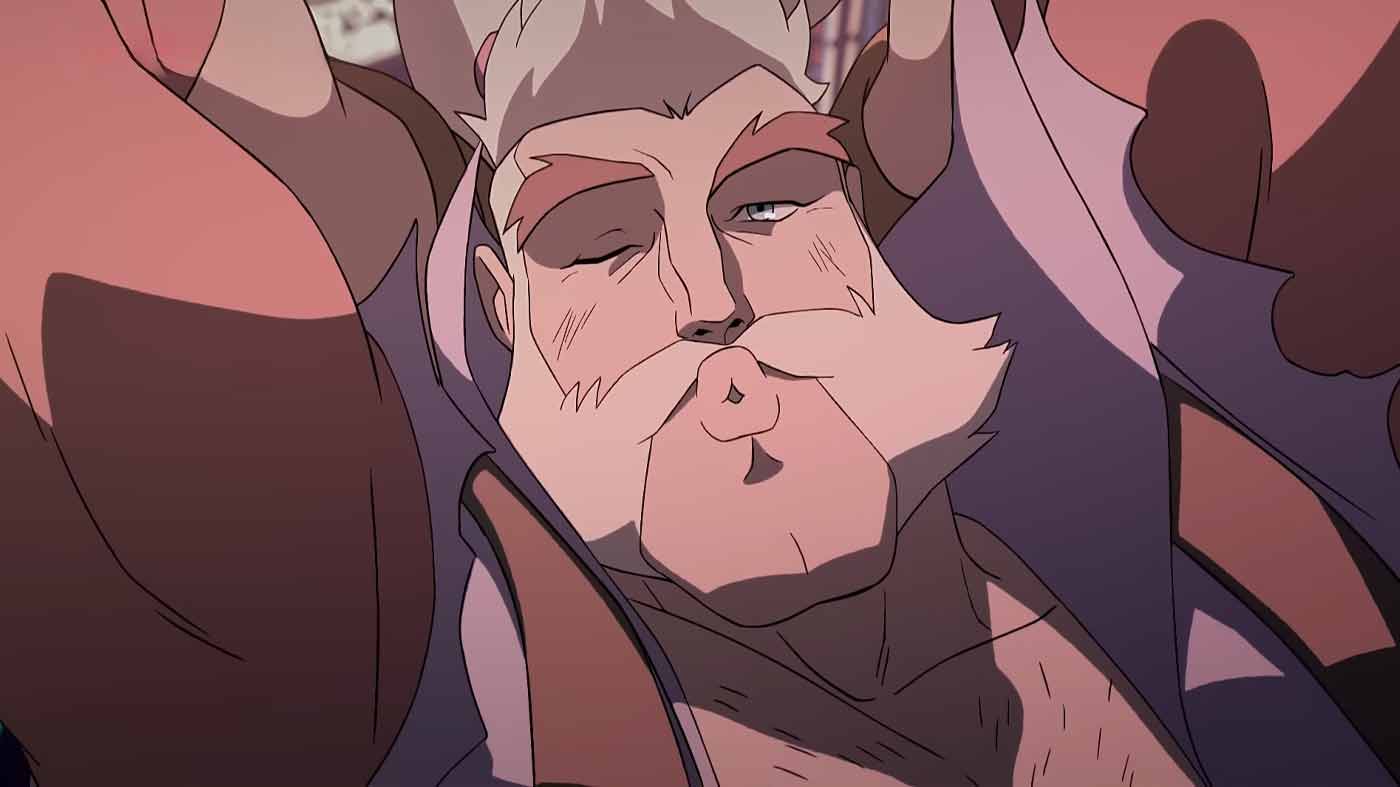
It hit me like a truck. I’ve managed to avoid most of the marketing for the show so its finer details, including Dolph and Alex’s relationship, were a complete surprise when I binged the six-episode run earlier this week. If you’re like me and need a primer – Captain Laserhawk sees Ubisoft dump a truckload of its franchises at the feet of Adi Shankar, a powerhouse of a writer and producer who can be found in the credits of the banger Castlevania anime and the criminally underappreciated 2012 Judge Dredd film, Dredd.
Shankar’s sensibilities and Ubisoft’s toybox collide to produce a dystopian, sci-fi world in which mega-corp UBI abuses its workers for endless profits (yeah) and has turned the United States into a company-country dubbed Eden. Keeping closely in line with genre tropes, Eden is divided starkly between the ultra-wealthy and the rest, a collage of the disenfranchised humans and a new Hybrid race made from splicing animals explicitly for manual labour.
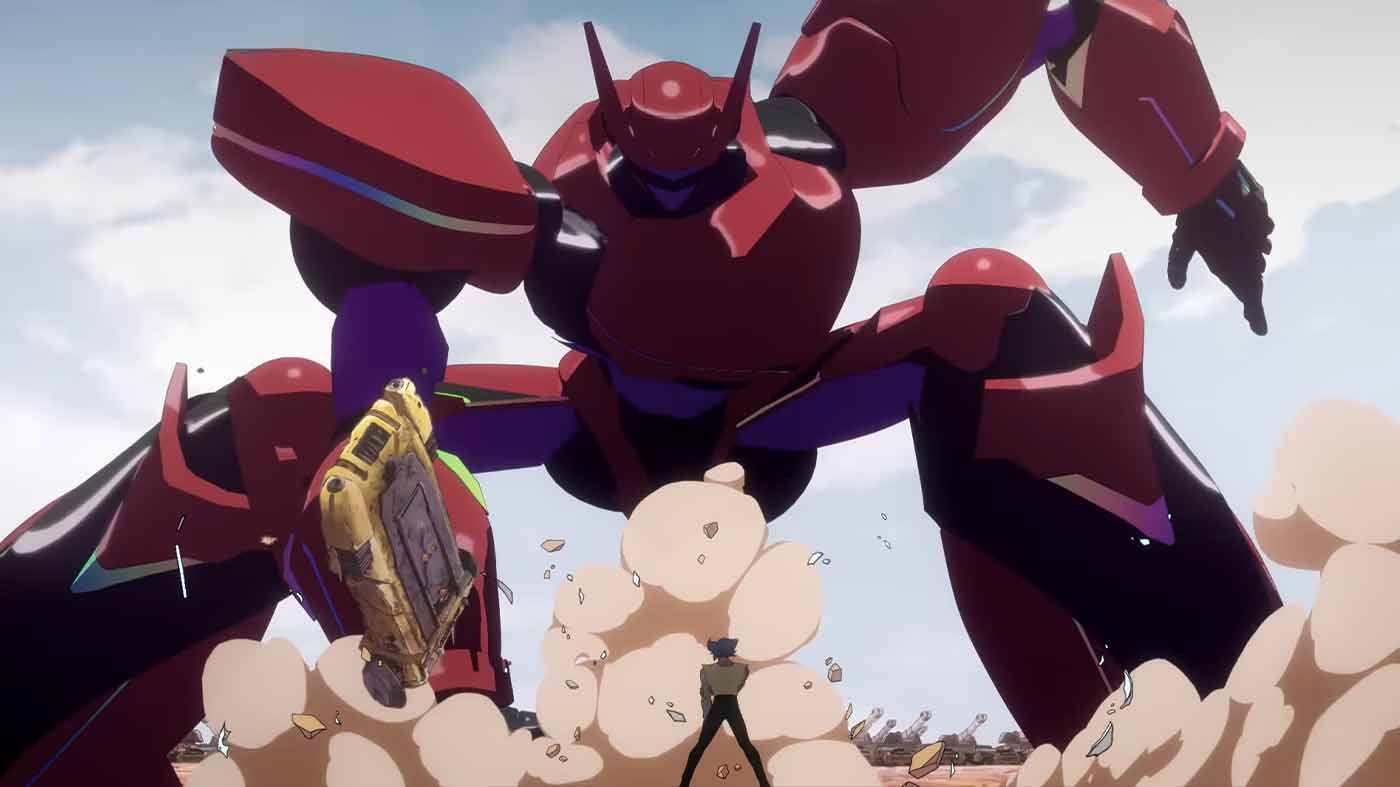
It’s a starkly nasty little world, Eden replete with the usual array of neon lighting and fetishised Asian culture, a festering hub just begging for a revolution. And for a fleeting, gorgeous little bit, Captain Laserhawk gives you that revolution. In one of the show’s boldest opening choices, Dolph and Alex’s relationship is shattered by Alex’s commitment to a fledgling rebellion. In the fallout of their disastrous breakup, Dolph finds himself forced into service by the Warden of a super-prison Suicide Squad style, while Alex heads an openly queer call to arms for the marginalised masses.
It’s a simmering pot of tension and some pretty sincere romance, Alex’s bold vision for the future never dampening his love for Dolph and Dolph’s blinding hurt at Alex’s betrayal fuelling his inadvertent, state-controlled opposition to a new world he desperately wants but can’t quite grasp.

Also, Rayman hosts every TV show and a giant portal lets Kaiju-sized Rabbids into the world. Honestly it’s kind of a minor miracle, and testament to Shankar’s ideas, that the Ready Player One level of IP use doesn’t derail the emotional core of the show, at least not immediately. Captain Laserhawk is so sharply drawn, both visually and conceptually, that its folding in of iconic gaming figureheads and aesthetics (several sequences see the show devolve into pixel-art) remains of a piece with the Vibe.
The action is a crisp callback to Saturday morning cartoons of old, the titular Blood Dragon nostalgia tinge a nice warming glow accompanying the effective direction and set pieces. The writing also shines, getting some proper laughs and interlacing the show’s absurd premise with some timely commentary.
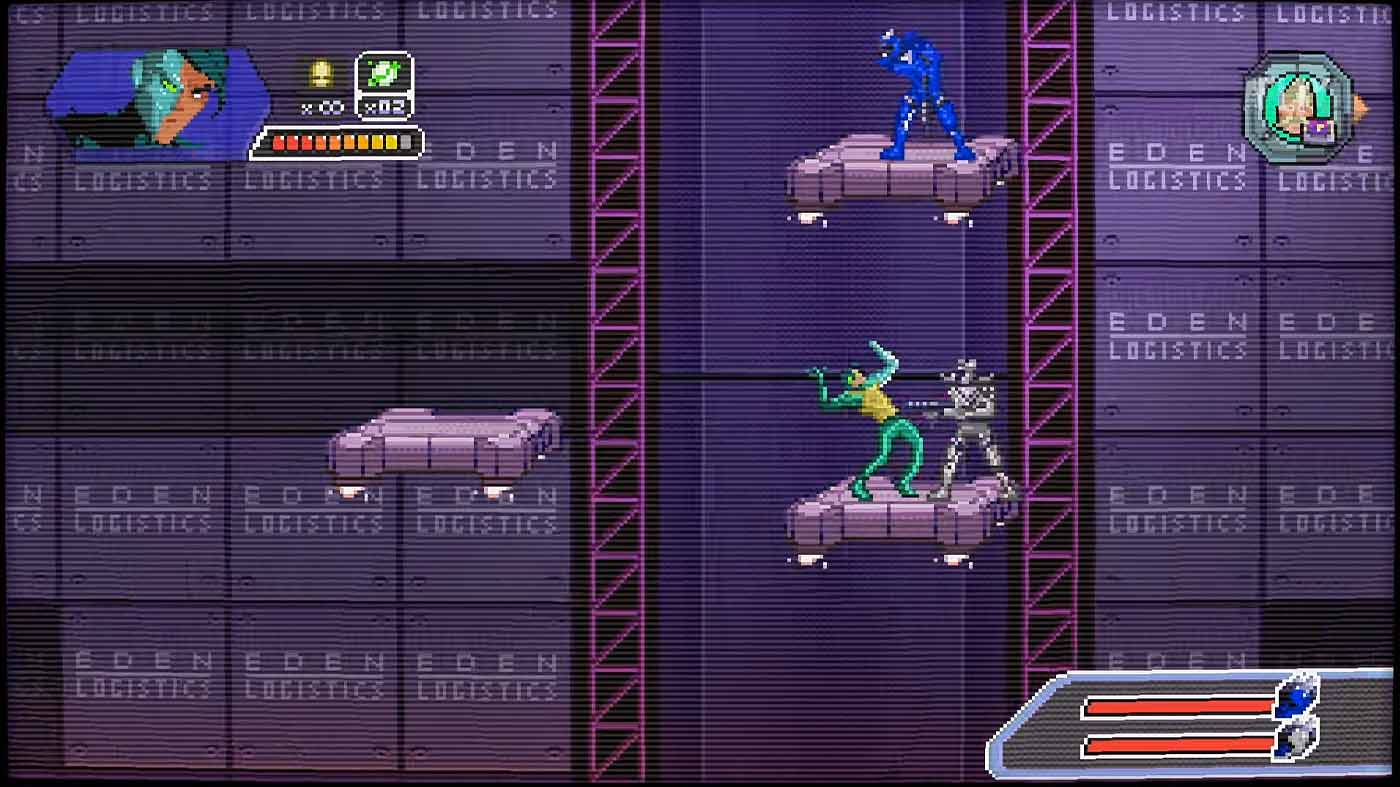
Until episode three. Ubisoft’s properties have always had a strained relationship with politics. From Far Cry to The Division to Watch Dogs, it’s a publisher with games that frequently dance with political ideologies and commentaries but rarely, if ever, find the courage to follow through. That lack of conviction skewers Captain Laserhawk at the mid-way point of the season, thoroughly dismantling its best ideas and leaving the show to slowly bleed out as it limps into an unrecognisable back half.
Spoiler embargoes mean we can’t unpack this as much as it needs to be but it’s not difficult to envision the ways the show compromises its ideas and structure. The best character dynamics are tossed aside for a bizarre pivot into IP-worship and clumsy world-building, the show losing that delicate balancing act and instead floundering to big name Ubisoft characters. This could probably be forgiven if the show didn’t also completely fail its politics in the process; having the minority-led revolution immediately commit unforgivable acts of violence against other minorities is just outrageously piss poor form.
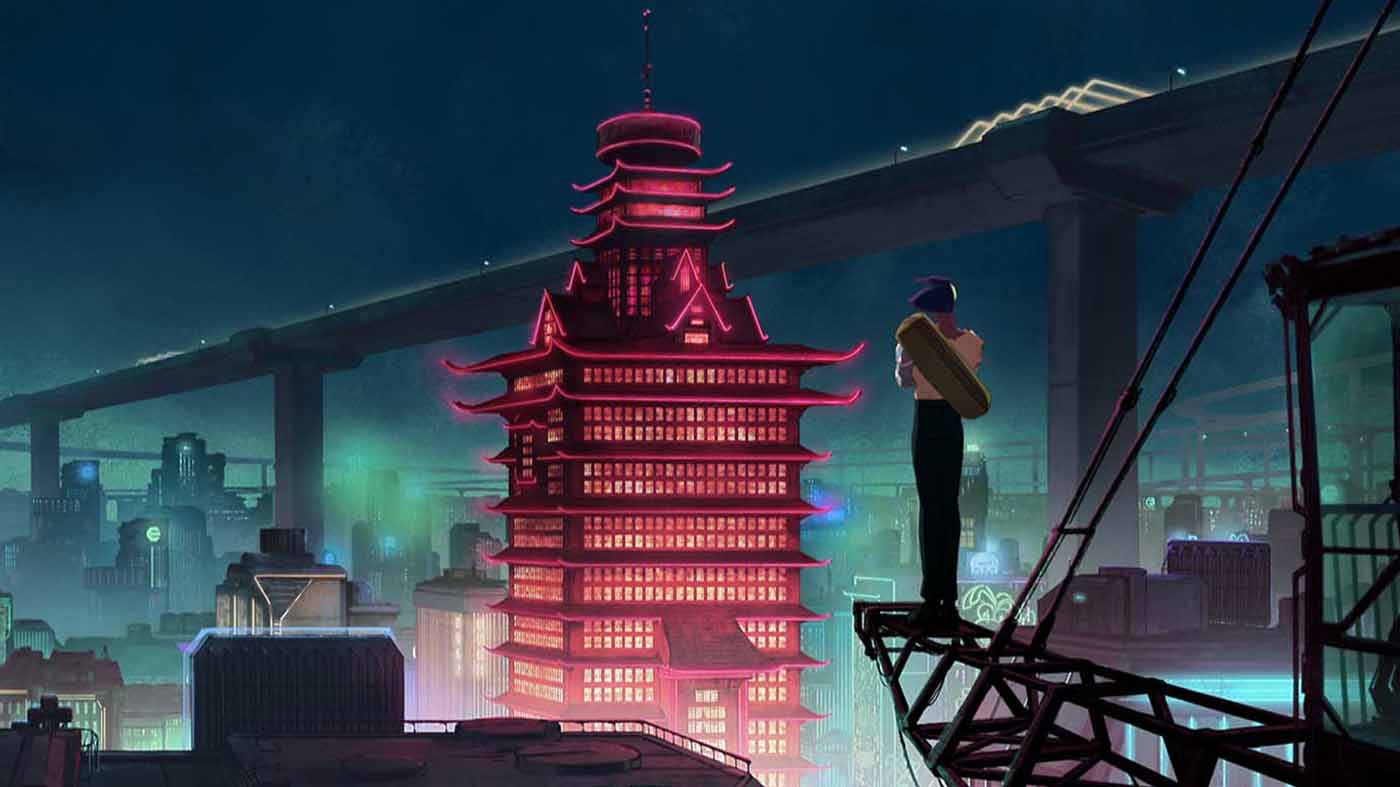
And it’s weird, right, to be this invested in the ideological failings of a show that features a talking frog in Assassin’s Creed getup and fascist power-rangers but this is the crux of Captain Laserhawk. It frontloads genuinely compelling ideas and craft, with frenetic action and tight pacing laying the groundwork for a non-traditional, queer hero and his quest to dismantle a well, if broadly, drawn world. It asks you to care, to take it seriously despite its goofy DNA, but that investment is punished rather than nurtured, making its opening act feel like a big joke I missed the punchline on.
Those later episodes maintain the quality animation work and pepper in some fun bits and voice work, but the show never recovers from its facile turn away from everything that would have set it apart from other video game adaptations.
During an early heist, Dolph and Alex take in the corporate enormity of their surroundings, glumly concluding that they’re in “an abyss full of stuff”. They soon share another intimate moment, easily one of the best of the show, but I can’t help but walk away from Captain Laserhawk with that same glum conclusion.
